Lowdown #36: Breaking news
Written by
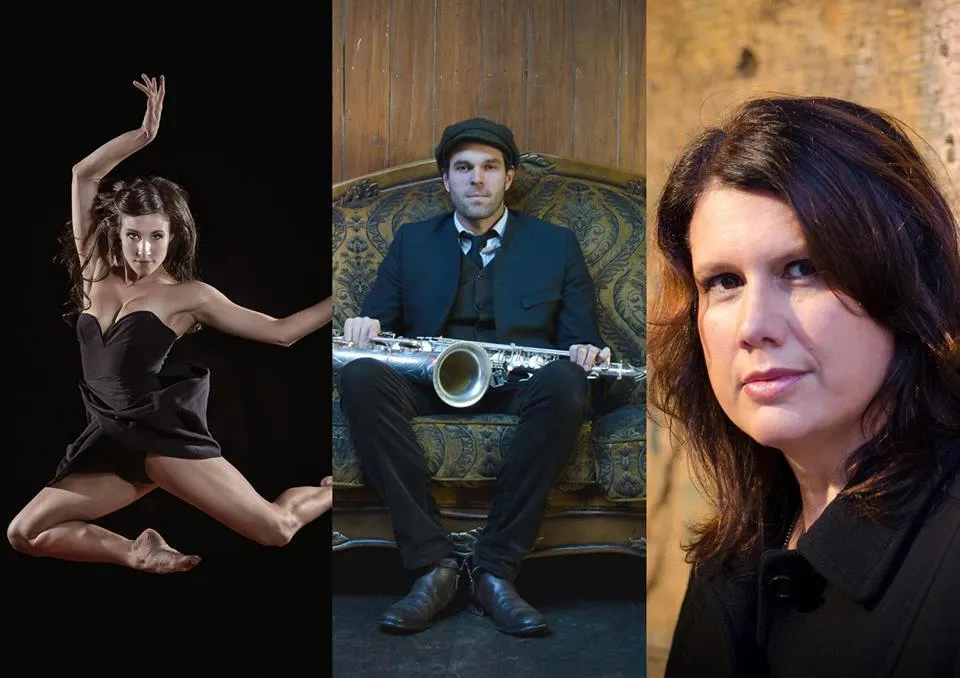
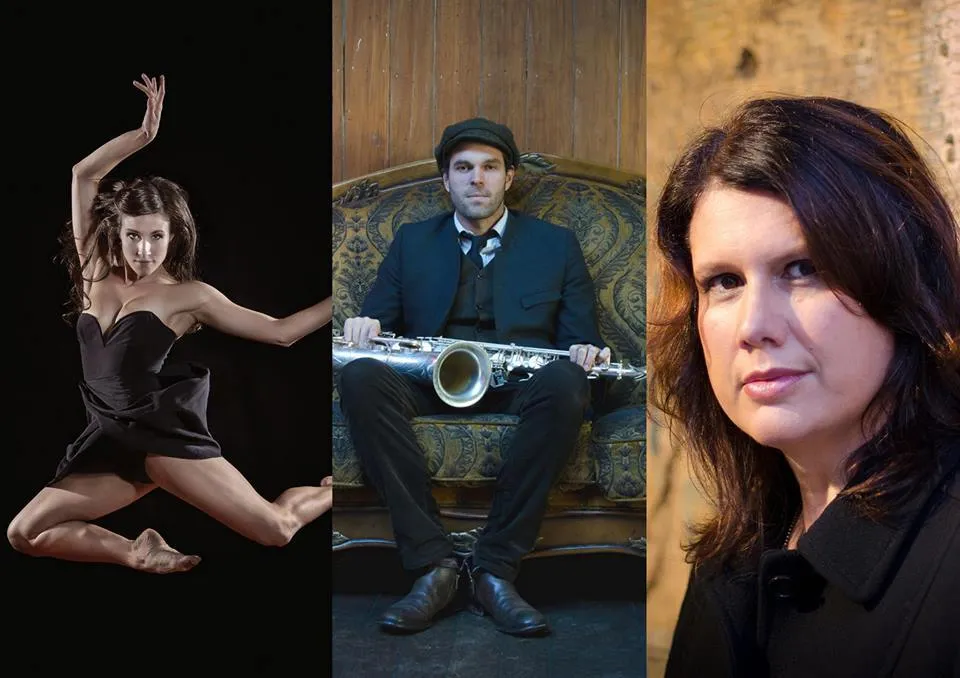
What’s happening at the Arts Foundation?
There’s a stack of questions in the Arts Foundation’s recent announcement that "We’re making some changes" . The Foundation say a “new-look Foundation” will launch end of May and Chair of the Trust Board Garth Gallaway has stated in a letter to supporters that the changes won’t be made public until that time. In 2018 the Foundation put most of its financial awards to artists on hold while a review was being conducted.
Chief Executive Simon Bowden has welcomed the change but has also announced he is leaving the organisation after 17 years at its head in April. From comments online it seems his job is likely to be turned into several positions, but those have yet to be announced.
What is clear is that operations are being outsourced - to last year’s consultants, arts philanthropic organisation Brown Bread, who will manage the Foundation’s operations. They are currently Christchurch based, from where chair of the trustees Garth Gallaway also hails.
Such big yet unannounced changes and the outsourcing to the organisation’s consultants are naturally causing a few concerned murmurs out there, but the proof will be in the results. In his letter to friends and supporters Gallaway explains that Brown Bread will be in Christchurch and Wellington, with a regular presence in Auckland and will “operate to a tight set of accountabilities and targets. Principally these involve significant growth in the revenue base of the Foundation”.
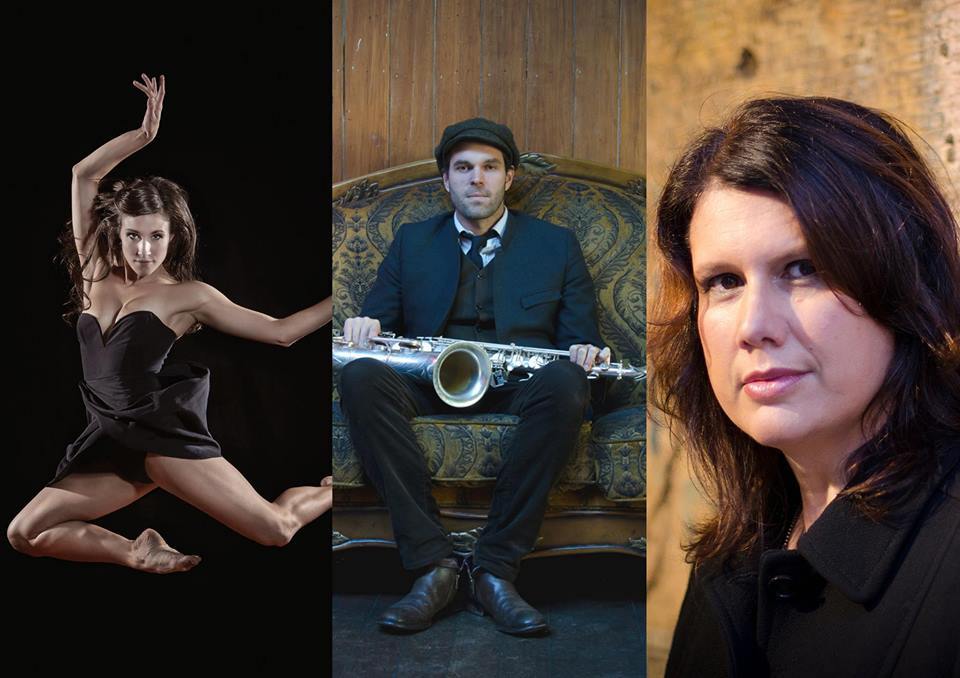
The Arts Foundation release also says that Brown Bread intend to “engage new resource to help us better understand the needs of the arts sector” The Foundation’s college of Governors, largely senior figures in the arts, have played a significant role in ensuring that last objective – providing advice from the arts community. It will be interesting to see their reaction, and whether the College of Governors’ role changes with a Foundation that has been known for its close relationship with artists.
Are the Laureate and New Generation awards gone for good? What will the changes mean for the arts crowdfunding programme Boosted, which Bowden conceived and with his team nurtured and grew? What is clear is that the Arts Foundation as we know it - that has since 2000 donated over $5,620,000 to 188 artists and organisations - is undergoing significant change.
“We want to grow, have more impact and ensure that the Arts Foundation has a sustainable future,” says Gallaway. Watch this space.
Meanwhile, Simon Bowden’s impact deserves to be celebrated. Leading the Foundation for 17 of its 19 years, he’s been a committed and energetic supporter of artists. A musician himself, he has with the Foundation led the creation of a community of excellence for artists. The value of the words and work of our senior arts figures have received significant elevation. As the front person he has been a vital and engaging force. A respectable bridge was formed by Bowden between the arts, patrons and industry, changing how we approach the arts in terms of giving.
Bowden has not yet announced what he'll be up to next, but if we’re lucky it will continue to build on these words from 2017: “The arts have a powerful role to play in the development of multiple endeavours and we must make sure it is not silo-ed by language or expectations. We all have a responsibility to invest in the arts as a major contributor to innovation, education, communities, individual wellbeing and tackling the great problems of our time. Let’s ensure the exceptional is the new normal.”
Questioning the Fourth Estate
Despite the decimation of visual arts criticism in the media, public galleries with their growing public programmes have remained shy of taking on a public media role. Content and commentary have, as in politics and other spheres, remained separated as ‘fourth estate’. Influence has been restricted to advertising.
That makes the move by arts platform Pantograph Punch to bring Te Tuhi gallery in as a partner for commentary (previously it was the Dowse Art Museum), a potential gamechanger. Te Tuhi are funding commentary on their current Te Tuhi exhibition Christina Pataialii: Solid gold. Te Tuhi, Pantograph Punch say “cover the costs of paying our writers while we retain all editorial control.” We used to call that advertorial, but the ground is shifting – take this paid for preview space on the Auckland Arts Festival written by Sam Brooks. All fine and good but it does further underline the weakened role of arts criticism in the media? Does editorial control mean we can expect writers to be supported in being critical of exhibitions and the institutions that pay them?
Artless Wellbeing
The idea that the arts in all their breadth are integral to wellbeing is surely common knowledge. Yet, in the year of what the Labour-led government is calling its ‘wellbeing budget’, is that really clear enough?
Creative New Zealand Chief Executive Stephen Wainwright has published a blog clearly disappointed that there is no specific reference to the benefit of participation in the arts in the recommendations towards better mental health and well-being in the Government’s report, He Ara Oranga. This short video about the report is – ahem – voiced by one of our leading actors and theatre directors Rachel House.
Good to see CNZ lobbying here, calling for government to consider their submission for an arts prescription scheme (prescribing arts programmes for those experiencing mental health problems), such as has already been launched in the UK, and to directly fund creative spaces to provide better arts access.
On the Line
The most audacious piece of temporary art project design cum marketing in a while? As part of Performance Arcade the Wellington waterfront, from railway station to Oriental Bay currently features a three-kilometre long zigzagging pink vinyl line, connecting the Arcade site outside Te Papa to other key arts sites and artworks and key natural and historical features (through pointers and descriptors). Attention to Te Reo Māori and a mana whenua perspective provides a stronger bicultural view and the line delights in creative playfulness, creating new play spaces along the way.

The Arcade features a parade of more than 30 free experimental live often participatory events. Included this year is a dance space, The Body Box, a live music series and performance experiences working with food and drink across bars and restaurants on the waterfront. Projected music box-like 20 metres high onto the Oriental Bay Fountain at night is a dancing ballerina, for which artist Jeremy Brick worked with the Royal New Zealand Ballet. The Dominion Post notes it’s the first time the iconic fountain has been used for an art event since The Festival of the Sun in 1983, with incredibly a fixture used at that time being reused for this event’s projection.
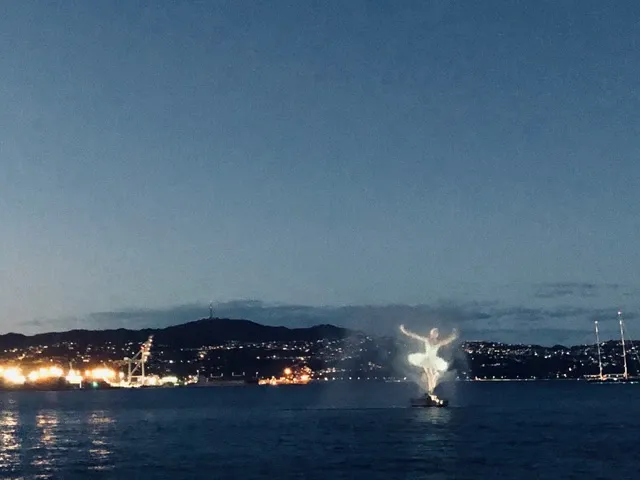
For those out of Wellington, The Arcade’s Live Press initiative sees writers tasked to respond creatively daily to their Arcade experience which are published onsite. First up from Frankie Emms, Anna Rankin and Antonia Bale.
Other noteworthy events
Another big Aotearoa arts event opening shortly is this year’s Sculpture on the Gulf on Waiheke Island. Reuben Friend is this year’s curator. No images yet, but Jeff Thomson’s ‘Mesh’ (which appeared in 2016) will feature again at Batch Winery and an 18 by 24 metre work is to be set at the walk’s entrance.
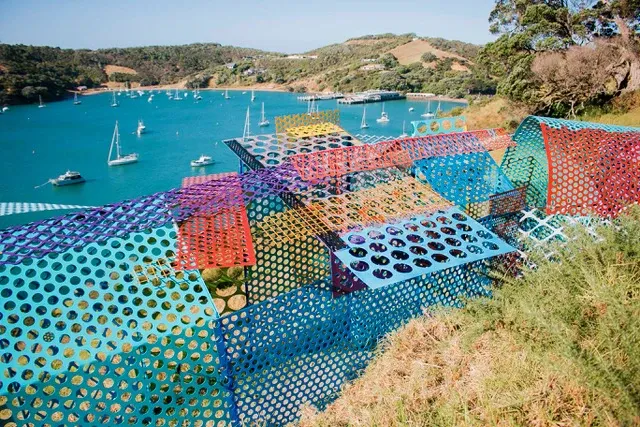
Further across the sea and about to start, the Honolulu Biennial is this year curated by Tongan New Zealander Nina Tonga. The strong New Zealand contingent are Natalie Robertson, Mata Aho Collective, Kalisolaite ‘Uhila, Janet Lilo, Jeremy Leatinu’u and Rosanna Raymond. There‘s a strong short performance of a poem recently published by the Biennale from Rosanna here.
For May, Auckland Art Fair have announced their participating galleries. Not too different in number from last year, swinging from newcomer artist run initiative Play_station to the (usual?) dealers. And interesting to see this report on stats from last year’s fair: 15% of the 10,150 visitors purchased art with a total visitor spend of $7.7 million and the galleries averaging sales of $141,626 each.
More content online
Awa Wahine is an online magazine established by Ataria Rangipikitia Sharman and Irihipeti Waretini to provide a safe space for a community of women artists to share their stories, featuring creative writing and nonfiction. I discovered the site through the Toi Maori blog, where Tayi Tibble interviews Sharman and Waretini about the platform.
It’s the art magazine that keeps going, produced in Taiwan and originating in New Zealand, 16 years and 16 issues later: White Fungus. Edited by Mark and Ron Hansen the new as ever beautiful and unconventional issue - still featuring a can of white fungus on the cover - is cause for this solid interview at online magazine store Stack. A few selected stories are online.
Following last Lowdown’s focus on the Fringe, Pantograph Punch have published Auckland Fringe picks from Adam Goodall.
Finally, while there are new Boosted fundraising campaigns every week this one felt worthy of mention in light of the University of Auckland's Fine Arts, Music and Architecture and Planning libraries. In September the Samoa House Library in Karangahape Road Auckland opened in response as an alternative fine arts library and a learning and community space. They are fundraising to pay for their first year’s lease. At the time of writing they were halfway there.
Want more of the Lowdown?
Check out Mark Amery's past Arts Media Lowdowns here and subscribe here to our weekly bulletin so it comes straight to your inbox.
News and content ideas are welcomed for future editions of Arts Media Lowdown. Please send to mark.amery@thebigidea.co.nz.